Ubiquiti Access Point UniFi AP, AC, High Density – UAP-AC-HD
AED 1,407.00 excl. VAT
For The Immediate delivery requirement contact sales team. Usually Ship in 2-3 days Back to Back 4-5 Weeks, images are for illustration purposes only
Out of stock product
Ubiquiti Access Point UniFi AP, AC, High Density – UAP-AC-HD
Overview
UniFi Controller
- View Your RF Environment
- Use the RF environment functionality of the UniFi AC HD AP to detect and troubleshoot nearby interference, analyze radio frequencies, choose optimal AP placement, and configure settings.
- Power RF Performance
- Advanced RF performance and configuration features include spectral analysis, airtime fairness, and band steering.
- Detailed Analytics
- Use the configurable reporting and analytics to manage large user populations and expedite troubleshooting.
- Wireless Uplink
- Wireless Uplink functionality enables wireless connectivity between APs for extended range. One wired UniFi AP uplink supports up to four wireless downlinks on a single operating band, allowing wireless adoption of devices in their default state and real-time changes to network topology.
- Guest Portal/Hotspot Support
- Easy customization and options for Guest Portals include authentication, Hotspot setup, and the ability to use your own external portal server. Use UniFi’s rate limiting for your Guest Portal/Hotspot package offerings. Apply different bandwidth rates (download/upload), limit total data usage, and limit duration of use.
All UniFi APs include Hotspot functionality:
• Built-in support for billing integration using major credit cards
• Built-in support for voucher-based authentication
• Built-in Hotspot Manager for voucher creation, guest management, and payment refund
• Full customization and branding of Hotspot portal pages
- Multi-Site Management
- A single UniFi Controller running in the cloud can manage multiple sites: multiple, distributed deployments and multi-tenancy for managed service providers. Each site is logically separated and has its own configuration, maps, statistics, guest portal, and administrator read/write and read-only accounts.
- WLAN Groups
- The UniFi Controller can manage flexible configurations of large deployments. Create multiple WLAN groups and assign them to an AP’s radio. Each WLAN can be VLAN tagged. Dynamic VLAN tagging per Wi-Fi station (or RADIUS VLAN) is also supported.
802.11ac Technology
- MU-MIMO
- Assuming the same conditions, a Wave 2 AP provides up to 75% improvement overall over a Wave 1 AP. This improvement increases wireless performance and/or serves more clients at the same performance level.
- 4×4 Spatial Streams
- At any single time, a Wave 2 AP can communicate with the following MU-MIMO clients:
• four 1×1 clients
• two 2×2 clients
• one 2×2 client and two 1×1 clients
• one 3×3 client and one 1×1 client
A 4×4 Wave 2 AP delivers up to 33% greater performance than a Wave 1 AP that is 3×3 in both radio bands.
- Client Compatibility
- The UniFi AC HD AP is the first UniFi 802.11ac Wave 2 AP. Combining the performance increases from MU-MIMO technology and the use of 4×4 spatial streams, the UniFi AC HD AP delivers up to 125% greater performance than a typical Wave 1 AP.
Hardware
- Easy Mounting
- Its sleek design seamlessly integrates into any environment (all accessories included) and is compatible with existing UAP-AC-PRO mounts.
- LED
- Unique LED provisioning ring provides administrator location tracking and alerts for each device.
- Dual-Gigabit Ethernet
- Unique LED provisioning ring provides administrator location tracking and alerts for each device.
- Enhanced Processing Power
- The UniFi AC HD AP is capable of complex operations (guest control, filtering, and other resource-intensive tasks) that may slow down a lesser-equipped AP.
- Power over Ethernet (PoE)
- Includes PoE functionality. Each single-pack includes a PoE adapter.
- PoE Standard
- The UniFi AC HD AP is compatible with an 802.3at PoE+ compliant switch.
High‑Density Applications Powered by MU‑MIMO Technology
802.11ac Wave 2 MU‑MIMO (Multi‑User, Multiple Input, Multiple Output) technology allows a Wave 2 AP to communicate with multiple clients at the same time – significantly increasing multi‑user throughput and overall user experience.
Radio Hardware Acceleration
Independent 2.4 GHz and 5 GHz dedicated hardware offload for maximized multi‑user throughput and reduced latency
CPU Hardware Acceleration
Dedicated hardware offload for QoS, Guest Control, and Client Management
Optimized for MU‑MIMO
Antenna System Optimized for 802.11ac Wave 2 MU-MIMO Beamforming
Beamforming
Data is sent and received using multiple antennas to increase throughput and range.
Advanced Features in UniFi Controller
UniFi is the premiere Software Defined Networking (SDN) solution with seamless integration of high‑performance switching, gateways, and more.

Specification
UAP-AC-HD |
|
| Dimensions | x 220 x 48.1 mm (8.66 x 8.66 x 1.89″) |
| Weight | g (1.54 lb) |
| With Mounting Kits | g (1.83 lb) |
| Networking Interface | (2) 10/100/1000 Ethernet Ports |
| Buttons | Reset |
| Power Method | 802.3at PoE+ |
| Supported Voltage Range | to 57VDC |
| Power Supply | UniFi Switch (PoE) |
| Power Save | Supported |
| Maximum Power Consumption | 17W |
| TX Power | 6-25 dBm |
| 2.4 GHz | 6-25 dBm |
| GHz | |
| Antennas | (2) Dual-Port, Dual-Polarity Antennas, 3 dBi each |
| 2.4 GHz | (2) Dual-Port, Dual-Polarity Antennas, 4 dBi each |
| GHz | |
| Wi-Fi Standards | 802.11 a/b/g/n/ac/ac-wave2 |
| Wireless Security | WEP, WPA-PSK, WPA-Enterprise (WPA/WPA2, TKIP/AES) |
| 802.11w/PMF | |
| BSSID | Up to 8 per Radio |
| Mounting | Wall/Ceiling (Kits Included) |
| Operating Temperature | -10 to 70° C (14 to 158° F) |
| Operating Humidity | to 95% Noncondensing |
| Certifications | CE, FCC, IC |
Advanced Traffic Management |
|
| VLAN | 802.1Q |
| Advanced QoS | Per-User Rate Limiting |
| Guest Traffic Isolation | Supported |
| WMM | Voice, Video, Best Effort, and Background |
| Concurrent Clients | 1000+ |
Supported Data Rates (Mbps) |
|
| Standard | Data Rates |
| 802.11a | 6, 9, 12, 18, 24, 36, 48, 54 Mbps |
| 802.11n | 6.5 Mbps to 450 Mbps (MCS0 – MCS23, HT 20/40) |
| 802.11ac | 6.5 Mbps to 1.7 Gbps (MCS0 ‑ MCS9 NSS1/2/3/4, VHT 20/40/80) |
| 802.11b | 1, 2, 5.5, 11 Mbps |
| 802.11g | 6, 9, 12, 18, 24, 36, 48, 54 Mbps |
Be the first to review “Ubiquiti Access Point UniFi AP, AC, High Density – UAP-AC-HD”
Related products
Proxim Wireless
10 left in stock
AED 3,550.00 excl. VAT







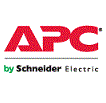

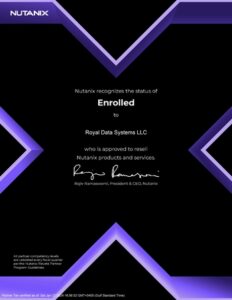

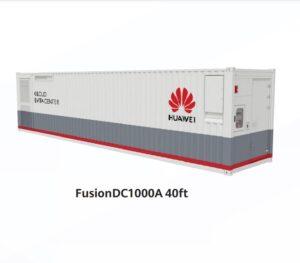



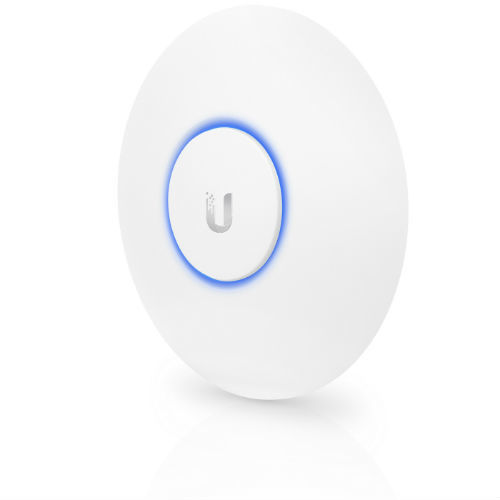
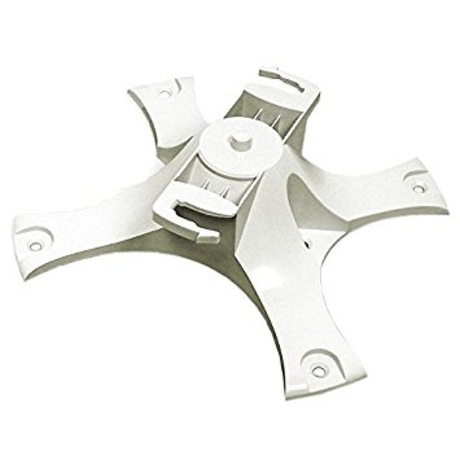
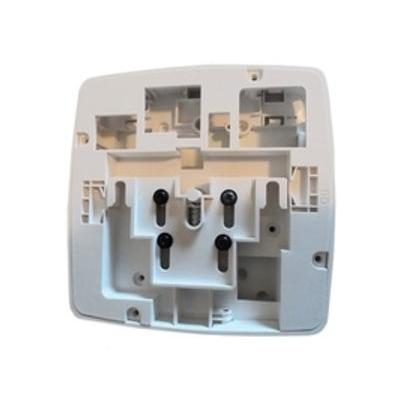
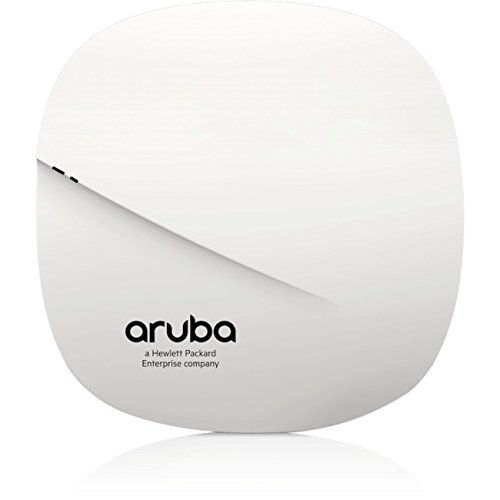
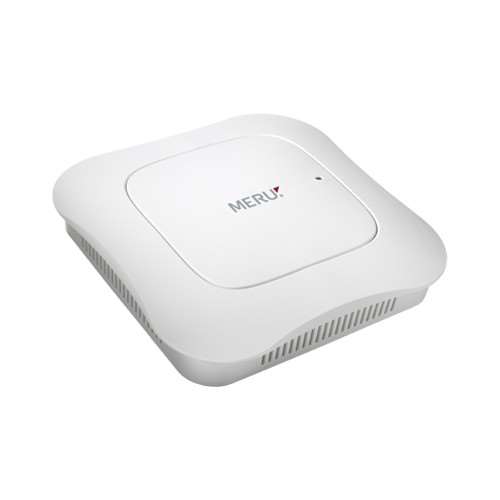
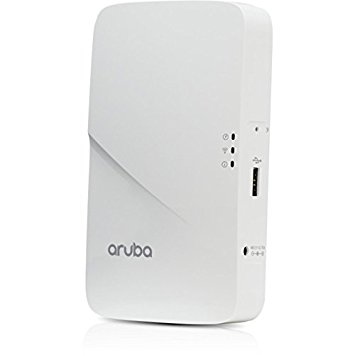


Reviews
There are no reviews yet.